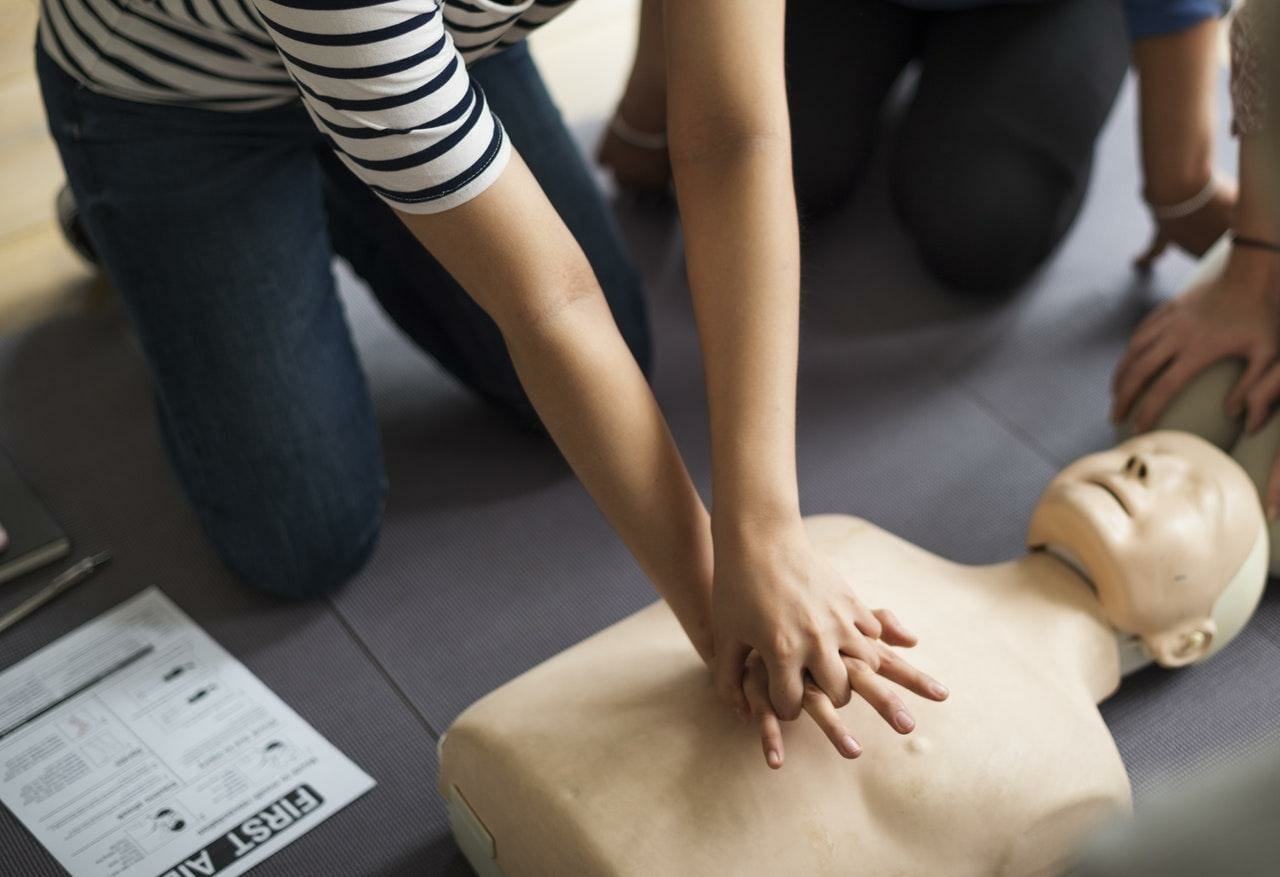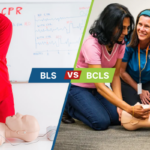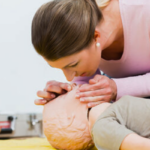
- Last Updated On: May 17, 2024
Understanding Your Role in CPR for Infants, Kids & Adults
When you want to understand the difference between adult and child CPR, know that each victim has various needs. First of all, the physiological makeup of a child or an infant is more fragile than that of an adult.
This is why you need to take CPR courses online to perform pediatric CPR accurately when you encounter a child or an infant needing it immediately. Let us discuss the important things you should know about adult and child CPR techniques. After reading this, you will clearly see the difference.
Adult CPR
Like children and infants, adults can also experience choking, drowning, and physical injury. But there is one thing that adults experience more often. It is sudden cardiac arrest. When an adult goes into cardiac arrest, it is important to start chest compressions immediately.
First, call 911 for a request of an emergency dispatch unit. If you are alone, call them first before you administer CPR. If there are other people, start CPR immediately and instruct the bystanders to make the call.
Next, observe the surroundings to ensure safety. Then, check for vital signs. When the vital signs are alarming, start CPR. The first thing to do is give 30 compressions. Today, the AHA suggests that CPR could be hands-only. So, do rescue breaths when very necessary.
Child CPR
Children have softer bones compared to adults. The tongue would also be larger compared to their mouths. Because of this, they are more prone to blocked airways.
The techniques are pretty similar to adult CPR.
However, there are a few differences. CPR should come first before a call is made to the emergency response unit. When CPR is administered immediately, their chance of surviving is much higher.
Also, rescue breaths may be necessary for children, but they should be done more cautiously. This is because they have airways that are more fragile than those of adults. The key here is gentleness. A child must be attended with more gentleness and care.
When an AED is available, use child pads if applicable.
Infant CPR
Obviously, they are a lot more fragile than the children aging one to eight years old. This is why extreme care should be provided when administering CPR to them. They have the most delicate and soft bones so compressions must not be jerky.
First check if the baby is conscious or not. Checking for an adult’s consciousness is normally done by shaking his or her shoulders. This is not advisable for children. A gentle stroke or a simple tap to the soles of a baby is enough. If the baby is not responding, they may be unconscious.
It is also imperative that you administer CPR first before calling the emergency professionals. Additionally, like the things taught to you in CPR courses online, be extra gentle while providing compressions and rescue breaths. Remember to use just two fingers during compressions versus interlacing your fingers when administering Adult CPR.
Take an online CPR Course to learn more about the difference in depth of compressions and caring for choking adults versus caring for choking infants.
Conclusion
American CPR Care Association is a premier provider of online CPR certification courses. Start your course today by visiting our website or contacting us. The cardiopulmonary resuscitation class will help you advance in life to save other’s lives whenever you get a chance.
Medical professionals, especially, learn a lot from the advanced CPR and high-quality courses like those.






